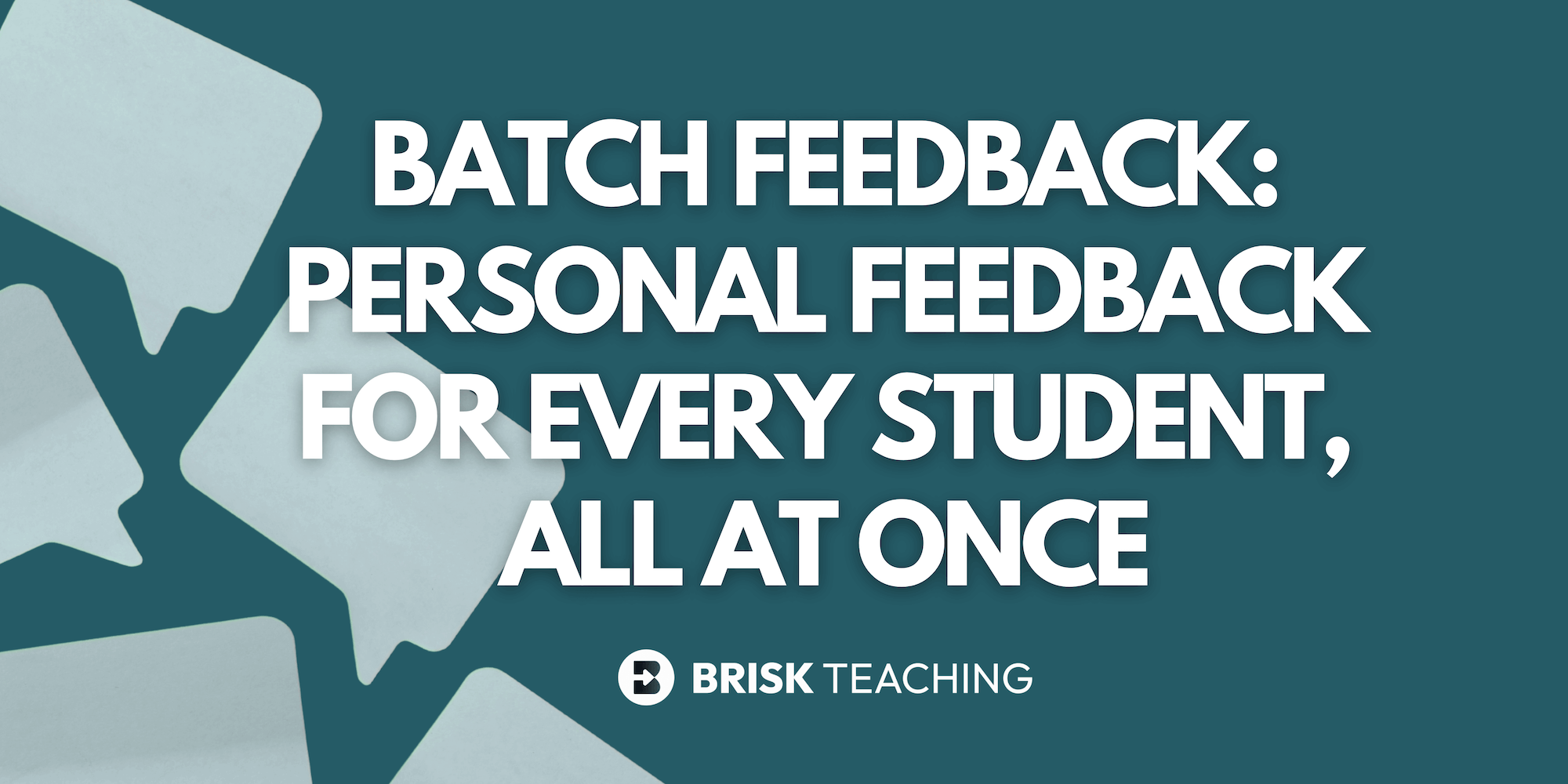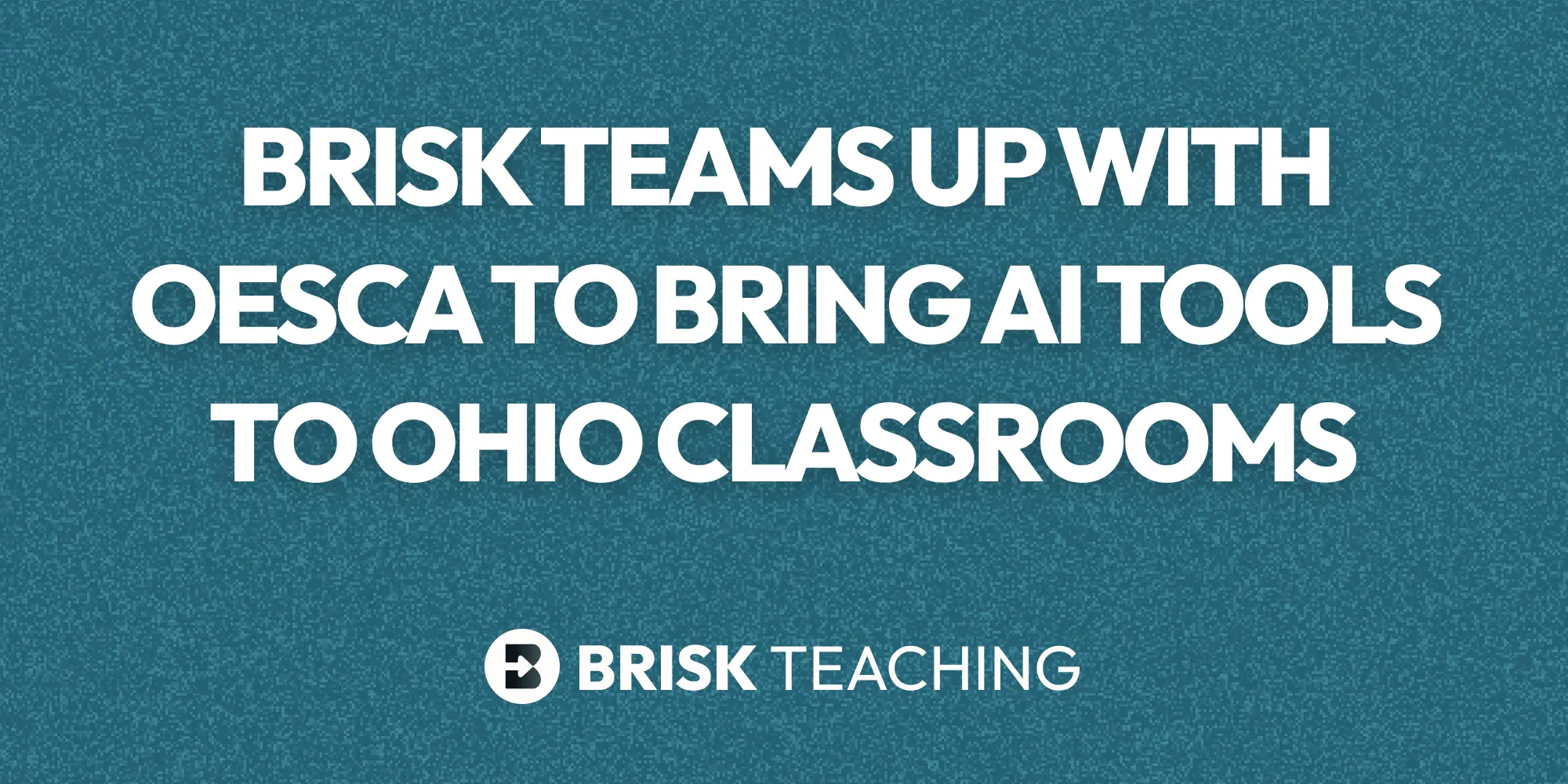What does differentiated instruction actually look like in practice? It’s not just “more work” for early finishers or accommodations for a few students. Instead, differentiated instructional strategies are key tools that help educators adjust instruction and customize learning to meet the needs of all students.
Explore 15 differentiation strategies that work in any classroom. No matter the subject, grade level, or class size, you can use these strategies to support and engage every student.
Understanding Differentiated Instruction
Differentiated instruction is the process of adapting teaching and learning to meet the needs of all learners. It can occur at any stage in the instructional cycle.
Teachers usually categorize these strategies by content, process, and product.
- Content - What students are learning
- Process - How students engage in learning
- Product - How students demonstrate learning
Why Differentiation Matters in the Classroom
Every teacher faces the challenge of adapting a one-size-fits-all curriculum to a wide array of individual learners. Differentiation helps you adjust content, process, and products to make learning more accessible for everyone.
With differentiated learning, the content objectives remain the same, but different strategies give students multiple pathways to reach them. This approach can address differences in language, skill level, or access needs, creating an inclusive environment.
Common Misconceptions
Myth 1: Differentiated instruction is just “extra work” for early finishers.
Fact: Differentiation isn’t about giving more work; it’s about creating meaningful scaffolds, extensions, or pathways that help each student succeed.
Myth 2: Differentiated instruction is only for advanced or struggling learners.
Fact: It’s for every student. Adjusting the learning journey ensures all learners meet their goals.
Myth 3: Differentiated instruction increases teacher workload.
Fact: With small, manageable routines, differentiation can be seamlessly incorporated without overwhelming your planning.
With the right support, you can confidently weave simple differentiation routines into your classroom. Keep reading for 15 strategies and teacher-friendly tools to customize learning effectively and without added stress.
15 Differentiated Instructional Strategies That Actually Work
Choice Boards
Choice boards (also called menus) offer students options while keeping learning engaging. They can be designed for any part of your lesson and adapted for any grade or subject. Use them when you want students to practice the same standard in different ways.
Tic-Tac-Toe Activities
Similar to choice boards, these provide students with multiple paths to practice skills while still covering essential content. Teachers can set parameters so that specific skills are covered, whether through simple review or topics such as vocabulary concepts or math practice sets. They’re especially useful for review days or independent work blocks.
Tiered Assignments
Tiered assignments meet students where they are. By presenting instruction at the appropriate level of readiness, teachers can help them access grade-level content, which is essential for closing learning gaps! Plan to fill in or frontload background knowledge or skills needed for lesson mastery. Clearly label tiers so students know where to start and how to move up.
Flexible Grouping
Sometimes it’s helpful to group students by instructional level for mini-lessons and tiered assignments. Group students thoughtfully, by skill, interest, or project needs, so that everyone can learn from each other. Rotate groups regularly so students don’t feel “tracked” into one level.
Learning Stations
Learning stations complement flexible grouping. Students can progress through learning activities either as a group or independently as they rotate throughout the class. Tip: Set clear expectations and routines before starting to keep transitions smooth and minimize off-task time.
Think-Pair-Share
If teachers could only have one differentiated strategy, think-pair-share would be it! This strategy maximizes engagement with concentrated thinking time, collaboration with peers, and opportunities to share multiple perspectives. It also supports quieter students by giving them time to rehearse ideas with a partner before speaking to the whole class.
Learning Contracts
Teachers and students co-create learning contracts that include customized timelines, required elements, or completion checkpoints. They emphasize clear expectations to achieve a specific goal. Use them across content areas, and even for social and emotional learning objectives, school attendance, homework submission, and more! Keep contracts short and specific so they’re realistic for students to manage.
RAFT Assignments
This mnemonic (Role, Audience, Format, Tone) sets parameters to guide students with a structured response process, while still leaving space for creative responses from advanced students or additional scaffolds for struggling learners. Use RAFT when you want all students to respond to the same content in different formats.
Compacting Curriculum
This strategy is designed for students who “already know it” (and will often let you know emphatically!). Compacting typically includes a pre-assessment to determine what content objectives are already mastered, followed by alternative pathways for those who are ready to move ahead. Make sure compacted pathways still align with your standards and don’t feel like “busywork” for fast finishers.
Tip: A key factor here is assessing accurately! Learn more about how to design effective quizzes with Brisk’s AI teaching tools — or get started with our AI Quiz Maker.
Mini-Lessons
Whether it’s direct teaching for the whole group or a small group session around the table, mini-lessons provide the opportunity to frontload new information or reinforce tiered assignments for those who need it most. Short, focused lessons can support small groups or individual needs without impacting the whole class. Aim for one clear objective per mini-lesson to keep them focused.
Tip: Generate a comprehensive lesson plan in seconds with our AI Lesson Plan Generator.
Independent Projects
Cooperative group work is a vital skill; however, it’s important to remember that some learners process content most authentically by themselves and at their own pace. These projects honor that. Set checkpoints so independent projects don’t quietly stall out for students who struggle with time management.
Word Banks
Word banks provide students with the language they need to succeed. Whether it’s basic vocabulary terms or advanced etymology, supporting students with varying jargon challenges them at levels appropriate to their language acquisition and skill level. Pair word banks with sentence stems or frames to make them immediately usable.
Timers
It may seem simple, but not everyone in the class needs the same time segment to complete a task! Differentiate for those who get easily overwhelmed by breaking tasks into smaller periods, or let your advanced students take on a larger task with extended time, start-to-finish. Share time expectations upfront so students can pace themselves.
Leveled Texts
This is a strategy that works particularly well for differentiating content. With a variety of lexile levels or vocabulary in written material, leveled texts allow every student to engage meaningfully.
(And no, you don’t have to start from scratch - use Brisk's Change Reading Level tool to generate leveled passages or instructional materials from any resource.)
Graphic Organizers
Graphic organizers help differentiate the many ways students process information. These tools help students organize content in a way that best suits their needs. Keep it simple with a T-chart or bubble map, or challenge students to choose an organizer that works for them (and explain why!). Over time, encourage students to select organizers independently based on the task.
Implementing Differentiated Instruction Effectively
It’s easy to see a list of strategies and think you need to try everything at once. Before changing up every part of your lesson, here are some teacher-tested tips:
Assess Student Readiness and Interests
Start by understanding your students’ current levels and interests. Have they already mastered all or part of the learning outcomes? Do they need differentiated reinforcement, or possibly adjustments based on their interests? Use quick checks for understanding, exit tickets, or short diagnostics to gather this data.
Use Routines to Manage a Differentiated Classroom
A differentiated classroom runs like a well-oiled machine with practice, practice, practice. As you progress with your students, build a flexible routine into your schedule so that there is time and space to review and reinforce expectations. Consistent routines help lessons flow smoothly and free you up to focus on instruction rather than logistics.
Learn, Grow, and Collaborate
Lean on colleagues, professional development, and team planning. Don’t hesitate to involve your administration and teaching communities in brainstorming ways to incorporate flexible grouping or team teaching to meet students' needs best. Share what’s working — and what isn’t — to refine your approach over time.
Addressing Challenges in Differentiated Instruction
Remember, start with small adjustments and modify as you go. Utilize tools like Brisk’s Create Anything tool to generate ideas and plan for each of your students efficiently. Pick one or two strategies to try first, then layer in more as your comfort and routines grow.
Making Differentiation Doable
Differentiation doesn’t have to be complicated. With a few thoughtful strategies, it can become a natural part of your teaching.
To make your lesson-planning easier, start using Brisk's 30+ AI tools for instant support with differentiating texts, quizzes, notes, presentations, and more. Get started for free today.
.svg)







